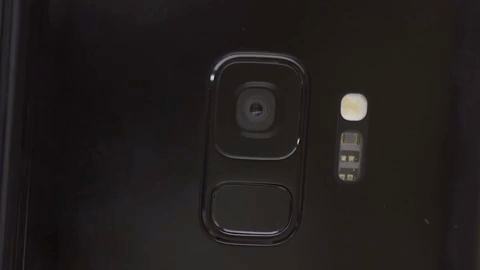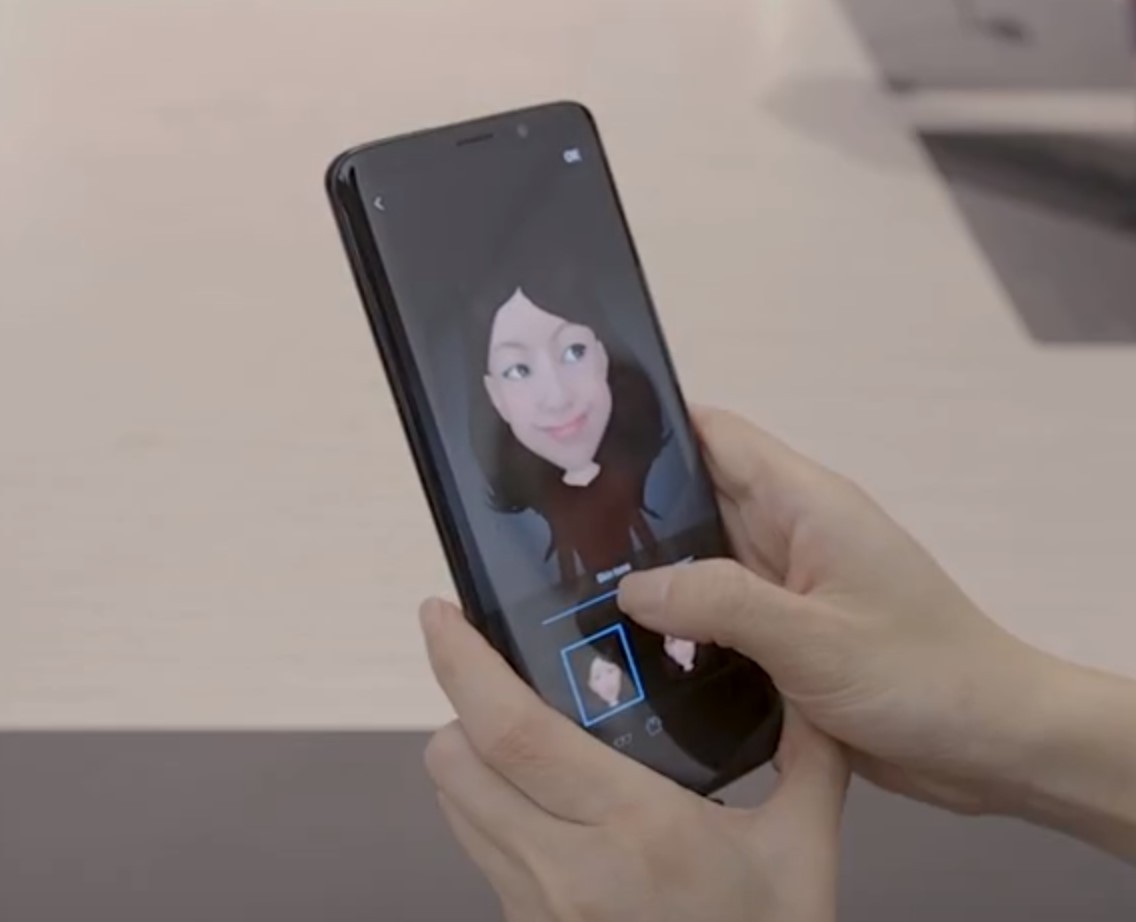
Hands on with the Samsung Galaxy S9
Great camera, but AR Emoji doesn't impress
The Samsung Galaxy S9 and larger S9+ made their debut at the Mobile World Congress in Barcelona. I had the chance to play with Samsung's flagship handsets at the event and came away (mostly) impressed.
On first glance, it looks very similar to the Galaxy S8; from the nearly bezel-free front, to the curvy sides, to screen sizes (5.8" for the S9 and 6.2" for the S9+). But there are also plenty of differences.

The fingerprint sensor is still on the back -- which means no in-screen sensor on Samsung's flagship, despite the technology appearing in other phones this year. The big change is that it's now underneath the camera instead of being to the side, like on the S8. Having the sensor lower means it's much easier for my tiny hands to reach it... and reduces the chances of getting fingerprints all over the camera lens.

Like the iPhone, the two Galaxy S9 models don't just differ in size -- they include different features, too.
The S9+ has 6GB of RAM, compared to 4GB on the S9. The bigger model also has two camera lenses. It’s true that a supplementary rear camera doesn’t always translate to better pictures, as seen on the Google Pixel 2. But since the S9 and S9+ are running the same software, the dual-lens setup here should result in better pictures for the S9+.
When it comes to smartphones with two sizes, I tend to go with the smaller version. But here there are enough differences that I'd consider the bigger model.

Speaking of cameras, both the S9 and S9+ versions have an adjustable aperture. The bigger f/1.5 mode is for dim environment, while f/2.4 is for bright scenes. The camera app can automatically adjust between the two apertures quickly, but you can also change it manually.

Another thing you can do with the cameras: AR Emoji! It’s Samsung’s answer to Apple’s Animoji. But where the iPhone gives you animated animals (and poop), Samsung’s version lets you make a custom 3D character that actually looks like you... well, in theory anyway. Whether it actually looks like you is another story.

When a Samsung rep showed off AR Emoji at the launch event, I thought the resemblance was striking. But when I tried it myself, my AR Emoji looked nothing like me -- even after I adjusted the virtual hairstyle and skin tone.
The tracking is also a bit of a disappointment. It simply didn’t follow my facial expression quite as accurately as I’d hope, resulting in an avatar that looked like a Hollywood actress with way too much Botox.
Still, there's a lot to like about the S9, such as the stereo speakers. Equipped with Dolby Atmos sound technology, they produce loud and clear sound that made it possible for me to watch a video in the noisy exhibition hall.
The S9 and S9+ will be available for preorder on Friday, March 2 and go on sale on Friday, March 16. We’ll give the phones a more thorough test when we get our hands on them.
For more insights into China tech, sign up for our tech newsletters, subscribe to our Inside China Tech podcast, and download the comprehensive 2019 China Internet Report. Also roam China Tech City, an award-winning interactive digital map at our sister site Abacus.

